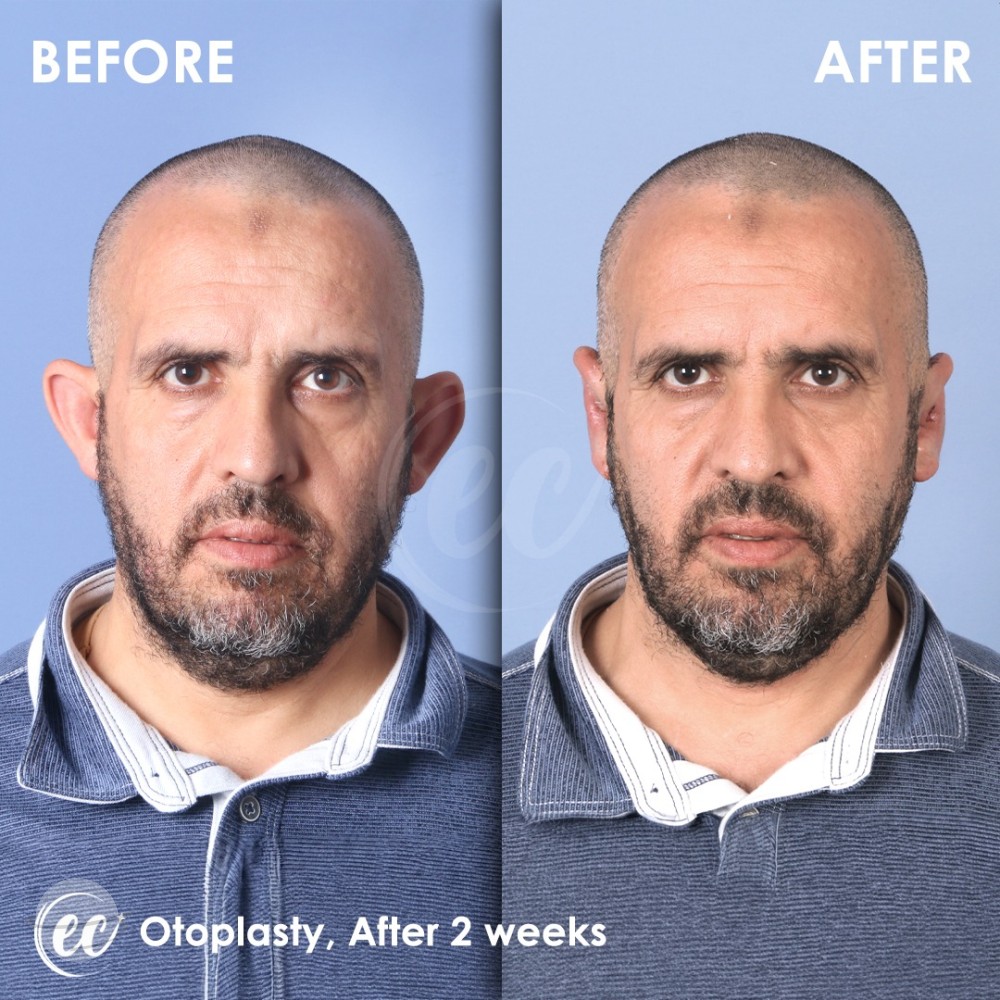
EAR SURGERY OTOPLASTY
The appearance of protruding ears is primarily related to a cartilage shape defect forming the earlobe. Sometimes, the concha is too prominent and is the cause of ear protrusion. For children, the operation is possible from the age of 7.
Otoplastie details
Otoplastie
Prices
About

Definition
The term otoplasty refers to aesthetic surgery for protruding ears. It allows reshaping the auricular cartilage to restore a normal shape and angle to protruding or overly visible ears from the front. This operation can be performed on one or both ears, as needed.
During a surgery abroad, surgeons typically require approximately 7 to 8 days on-site.
The Procedure
This procedure addresses all ear deformities (large, protruding, or malformed). Incisions are made behind the ear at the natural fold (additional incisions may sometimes be necessary). The skin is then lifted to access the cartilage. Corrections to the reliefs and folds will result in the necessary adjustments for proper positioning and symmetry.
Objectives
The surgical intervention aims to bring the protruding or open ear back to a normal position and restore natural contours.
Required Anesthesia:
This procedure can be performed under local anesthesia. When performed on children, general anesthesia is always used.
Results
The final result is visible within 3 to 6 months. The scars are located behind the ears and are therefore very discreet.
Recovery
The post-operative period is very mild. A compressive modeling dressing will be placed to ensure the support of the ears and their healing. It will be removed in the days following the procedure. Swelling and bruising may appear after the procedure but will completely disappear in a few weeks. In case of severe pain, analgesic and anti-inflammatory treatment is prescribed. The dressing is removed two days after the procedure. There is no need to worry if the ears appear swollen; this phase is entirely normal. Once the dressing is removed, the ears are protected with a compression headband. It must be worn for two weeks, day and night, and then only at night for one month. However, a slight sensitivity should be expected for 2 or 3 months. Some common precautions include avoiding exposure to cold, heat, or water for one month after the procedure, as they may cause discomfort. Sports and strenuous activities should be avoided in the weeks following the procedure. It takes 4 to 5 days to return to a normal social and professional life.
FAQ

